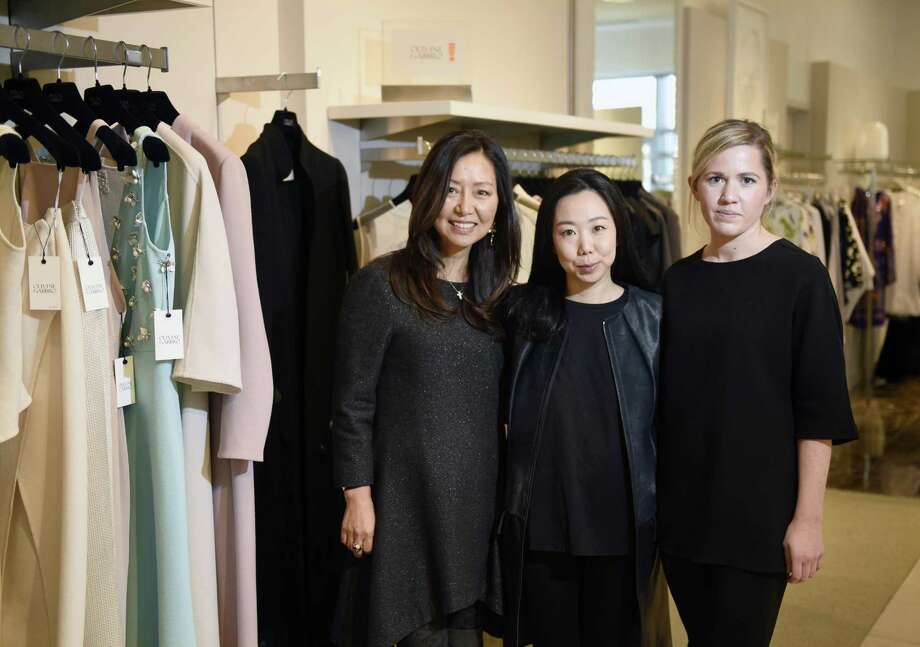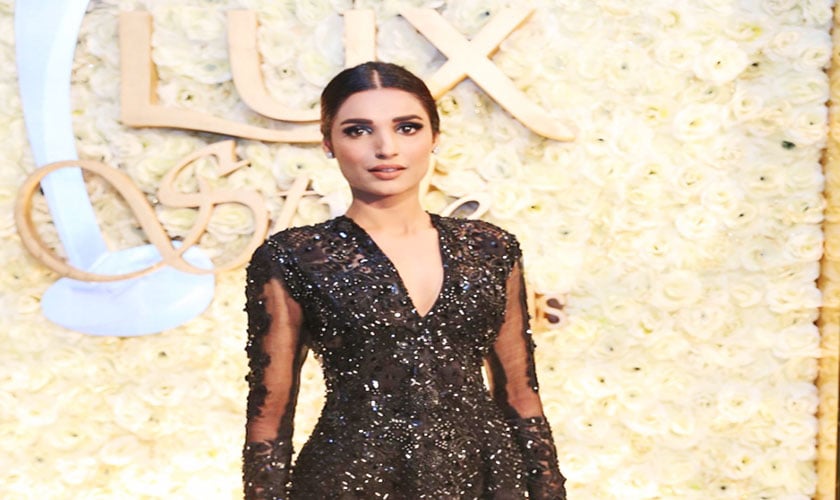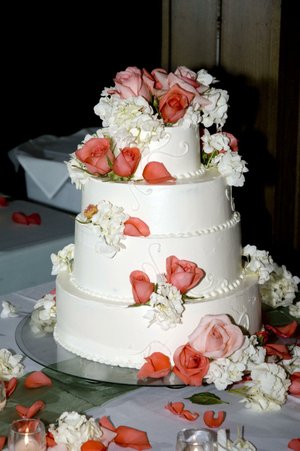One of the biggest shows at Honolulu Fashion week didn’t come from a prestigious designer or a celebrity launching their own line. It wasn’t even from a local up-and-comer trying to make it to the big leagues. Rather, it was from a giant corporation in the hospitality industry: Hawaiian Airlines.
The company decided it was ready for a re-branding, so it commissioned a local Hawaiian designer, Sig Zane, to create new uniforms for its 5,000 front-facing staff members. The idea is that as soon as passengers interact with one of these employees, they will be able to get a feel for what the company is all about from the clothing.
During the afternoon show airline employees — not professional models — paraded the new collection down the runway. Every item of clothing contained great symbolism. Lehua blossoms and bamboo stamps, native plants used in hula ceremonies, were printed on shirts, ties, and linings. All of the items had various shades of purple and blue, meant to represent the stunning Pacific Ocean and the clear sky. The name of the collection is Kū Mākou, which means “Together We Stand.” As the show opened, employees sang a traditional chant that inspired the name.
These uniforms will be rolled out at the end of 2017, and only then will every passenger see them. But the fashion show and the project send a strong message: This brand cares about much more than airplanes.
“Because all we do is fly to and from the state of Hawaii, everything we do should reflect a sense of this place and its culture,” said Alex De Silva, Senior Specialist for External Communications at the airline. “We want to give our guests an engaging, authentic experience from the moment they get on our airplanes.”
Uniforms used to be an afterthought, something a company gave its staff because it had to clothe them, not because there was any marketing benefit. But now players in the hospitality industry are using them to enhance their brands and better serve their customers. They’re employing fashion designers, some big names and some emerging ones, to get these articles of clothing perfect.
For Hawaiian Airlines, it was important that their uniforms communicated stories about the culture and traditions of the state. “Even if the guest doesn’t know that this uniform was inspired by a certain chant that has a certain meaning, I think they will still see it in the coherence of the collection,” said De Silva.
Other airlines want to convey the fact that they are modern and chic. In October Delta unveiled new uniforms designed by Zac Posen that are said to be an antidote to the frumpy styles of the past. He changed their color from blue to “passport plum” and made them form-fitting and flexible. Martin Grant, an Australian designer who has clothed celebrities from Cate Blanchett to Tilda Swinton, created new uniforms for his country’s airline, Qantas Air. He went for fun, neon color blocks on his patterns.
Even The Avis Budget Group, the car rental company, has gotten on board with the trend. They hired Jeff Banks, a renowned British fashion designer, to create one look that could be used in every office across the world. A press release articulated that the idea is for customers to know that no matter where they are, they will get consistent service and products.
Boutique hotels across the country are using designer uniforms as extensions of their ambiance and decor.
Scriber’s Catskill Lodge, a new hotel in upstate New York, wanted guests to feel cozy and warm in the winter months. They tapped Swedish outdoors company Fjällräven to create plush winter coats for the valet staff and cozy knitted sweaters for those who work inside.
This summer The Watergate Hotel opened in the infamous building in Washington, D.C. The owners wanted to invoke the 1960s, the period when the structure was built, so they hired AMC’sMad Men costume designer Janie Bryant to create period uniforms. “Anytime a guest interacts with one of our associates, it’s another touchpoint for our glamorous retro vibe,” said Rakel Cohen, Senior Vice President of Design and Development for Euro Capital Properties that owns the hotel.
Jodi Moraru, an event planner in Washington, D.C., held a wedding there in November and was blown away by the uniforms. “It’s actually fabulous because you walk in, and you see their staff dressed as if it’s the 1960s,” she said. “It totally transports you back the second you look at them and it makes it a really fun and unique experience upon arrival.”
She said it made interacting with the staff a different experience as well. “It allowed them to take on a different persona,” she said. “It probably enhanced their performance.”
Some of these brands are using uniforms to celebrate local designers. Autograph Collection has a new property opening on January 18th in Columbus, Ohio named Hotel LeVeque. They chose Liz Bourgeois, a designer who had been making custom items for theatre and film close by. She created bespoke uniforms that matched the dark, sexy, smoking room-type environment of the hotel. “I love that uniforms are part of their marketing plan,” she said. “They are showing them off.” Hawaiian Airlines sourced all the materials for their uniforms locally and had them sewn in the state.
Staff members are also thrilled that they get to wear designer clothing — Many of these hotels employ big names like The Park Hyatt in New York has uniforms designed by Narciso Rodriguez — to work. Makaio Roberts, a Hawaiian Airlines flight attendant based in Honolulu, believes looking good makes you feel good, which makes you work harder. “Our uniforms are creating a unified environment that every employee is proud to be part of,” she said.
Aziza Jarifa, a 35-year-old front office manager for the Watergate Hotel said her uniforms make her enjoy going to work. “I feel glamorous at work every day, and I love to see people’s positive reactions when they compliment my uniform and I tell them who the designer is!” She said almost every guest or passerby comments on her uniforms, some even asking if they can buy it.
Many staff members are brought into the design process so they can add their input about what they need on a daily basis. “We had the designer shadowing the mechanic as he crawled into the belly of the aircraft to make sure his pants were cut in the right way, and he had pockets in the right place, and the loop that holds his walkie talkie is in the right place,” said De Silva. “This is something that looks good on the runway, but it has to work also.”
While it’s hard to measure the impact of designer uniforms on guests — do they even notice? — there is one clear trend in the travel industry: as people travel more, they want more authentic and more interesting experiences. These brands hope that if these visitors arrive at a place where the staff is dressed beautifully, it will create a more satisfying and stimulating environment.
Bourgeois knows her uniforms are helping out with that. “I think the customers will feel like they are in a very expensive place,” she said. “They can stay here and feel like they are getting a special experience.”Read more at:
cheap formal dresses australia|
red cocktail dress




 Yohei Ohno
Yohei Ohno
 به وبلاگ خود خوش امدید
به وبلاگ خود خوش امدید